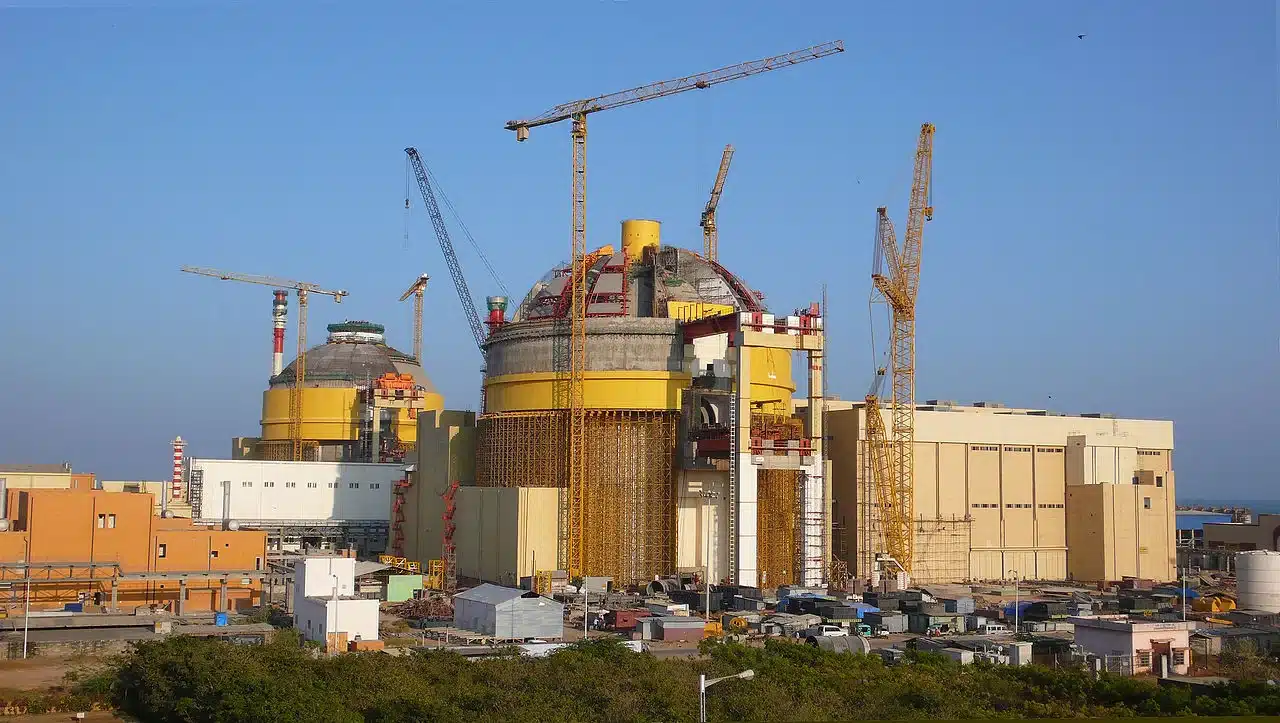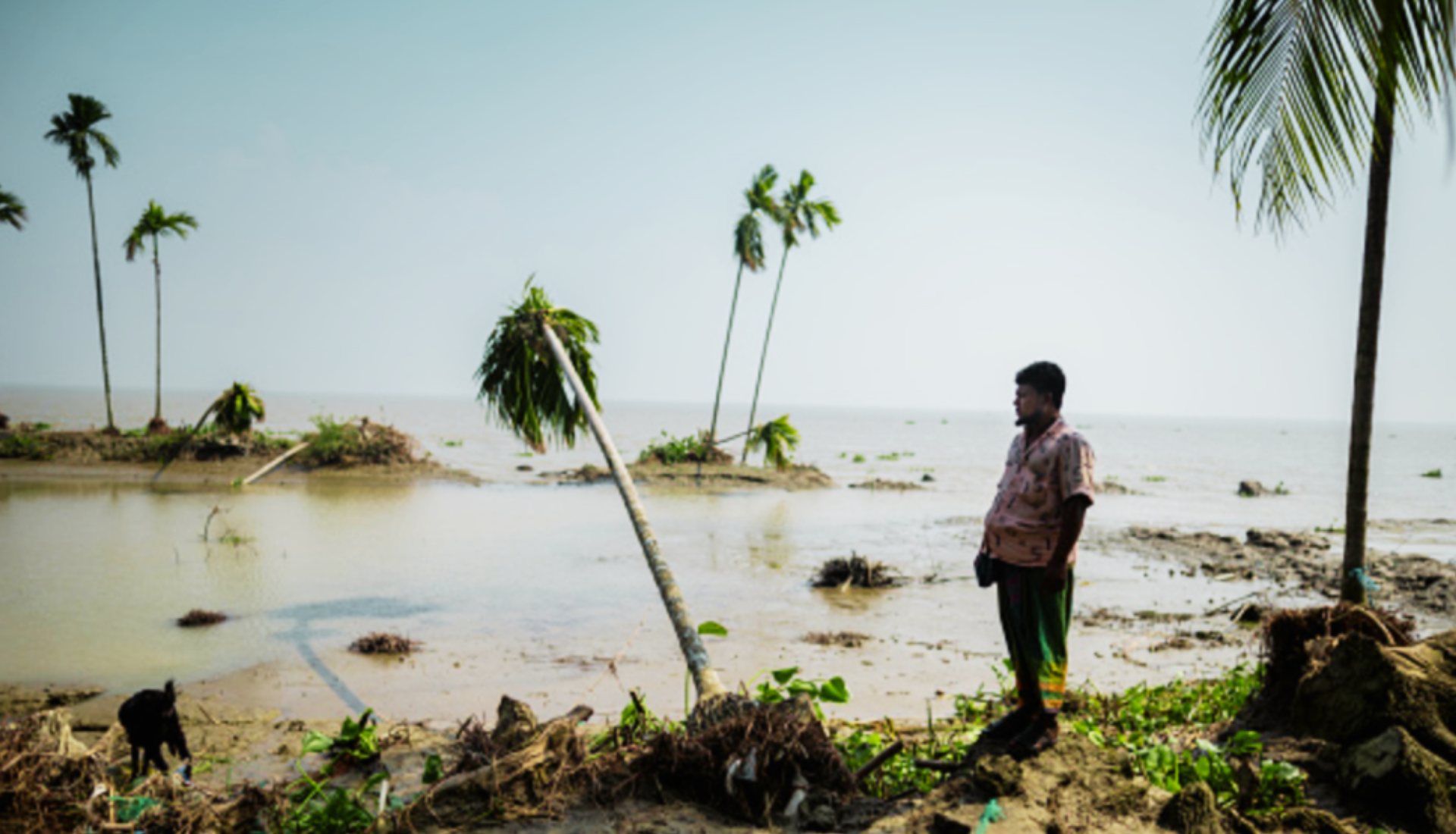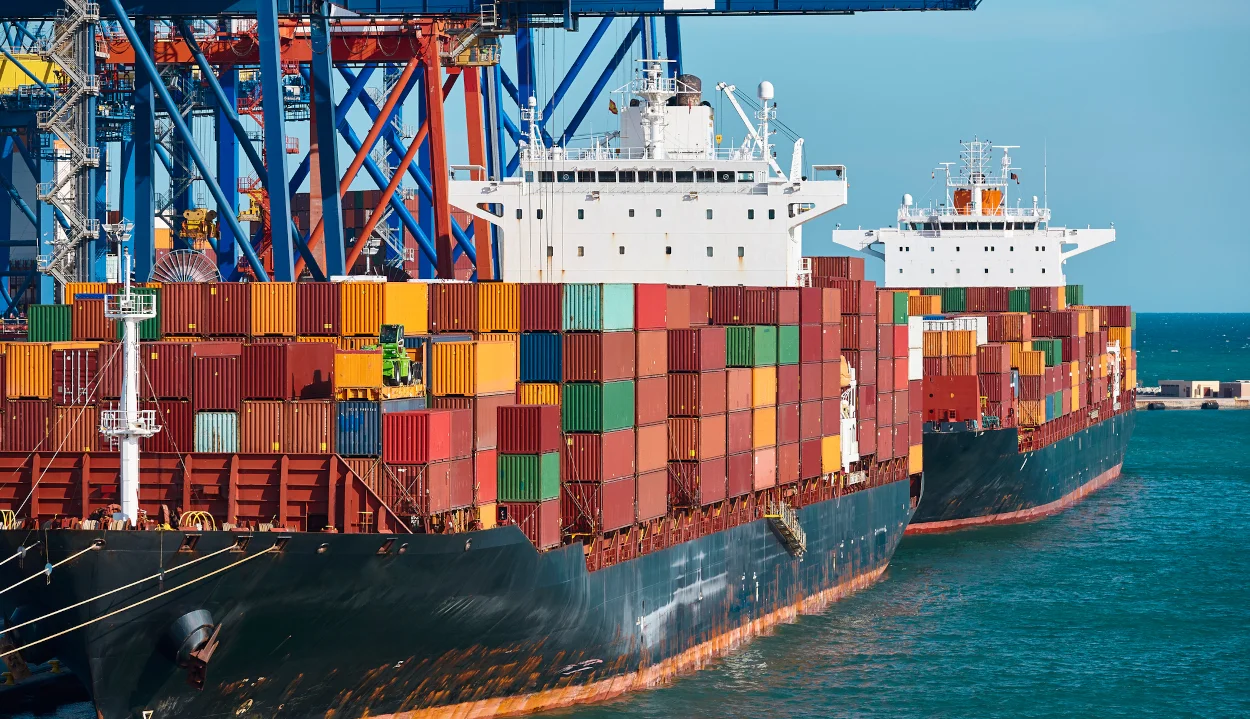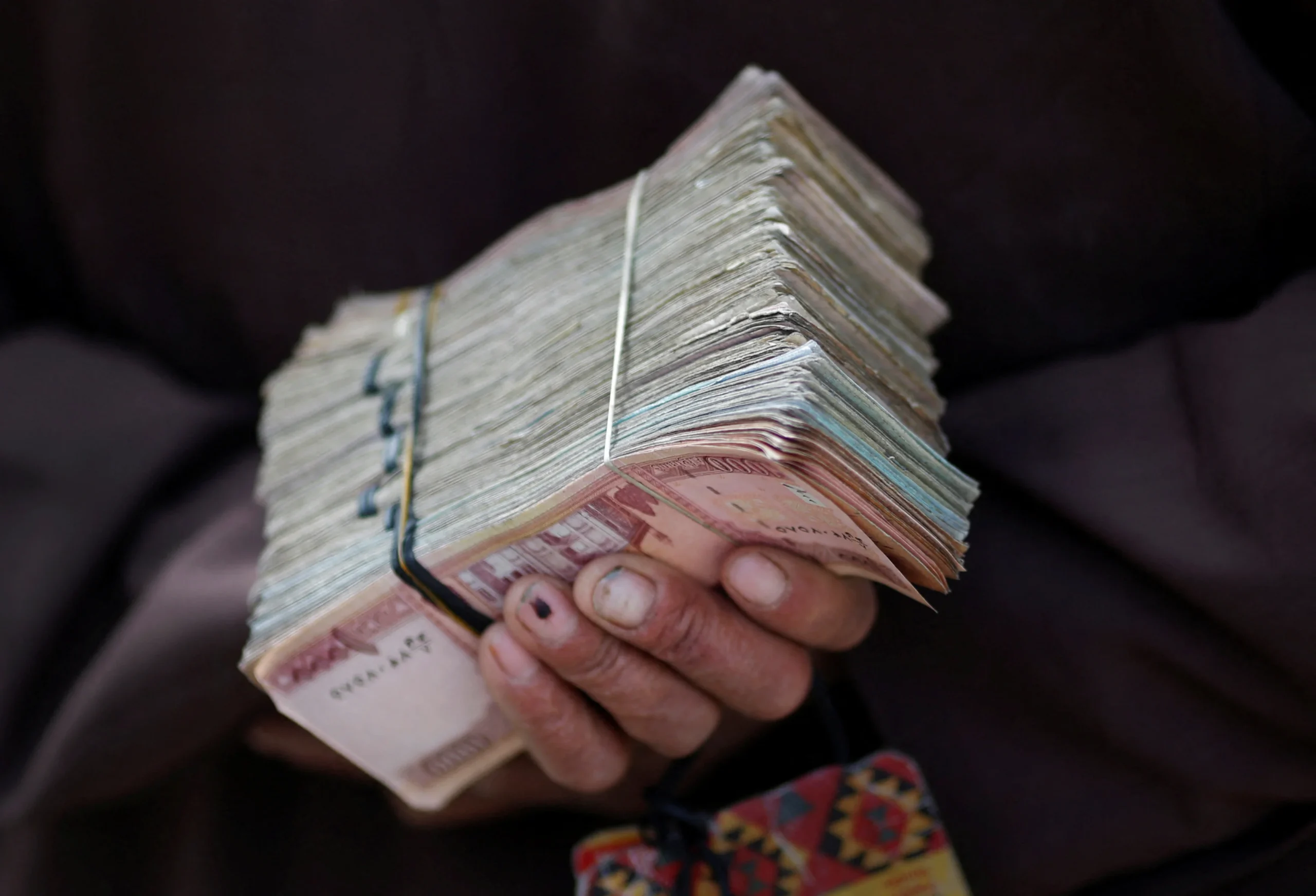India is among the states that possess a high number of nuclear warheads and this frequency is increasing gradually. ‘Smiling Buddha’, 1974, was the first Indian nuclear test. This gave rise to an arms race in the contending region of South Asia where two dyads of security tussles exist. One between India and Pakistan, and the other between China and India. India has engaged itself in warfare against both of these states. With Pakistan, it has fought three wars and is locked in a serious border confrontation. On the other hand, with China, it took arms in 1962 in its Himalayan adventure.
More recently, China’s rising influence on a regional and global level has raised some serious concerns for India. This puts India in a difficult position. The country chose to respond in the form of aggressive arms and nuclear buildup.
However, what made the headlines in recent days was the fiasco of illegal uranium smuggling taking place in the Asian giant, under the nose of its very authorities.
Maharashtra Affair
Just last week, Indian police seized over seven kilograms of natural uranium and arrested two men in the Western Maharashtra state for keeping in possession of the highly radioactive substance. According to the anti-terrorism squad in Maharashtra, the confiscated material is worth around $2.9 million. Further investigation into the case is currently underway. The two arrested persons were Jagar Jayesh Pandya and Abu Tahir Afzal Hussain. The Bhabha Atomic Research Centre in Mumbai confirmed that the seized material is highly radioactive.
Local Indian media quoted the Deputy Inspector General of the Anti-Terrorism Squad, Shivdeep Lande that the seized natural uranium has a purity above 90 per cent. This fact should alarm nuclear safety experts as it surpasses the safety guidelines.
It is noteworthy that this was not the first case of such radioactive material illicitness. In 2016, police seized almost 9 kgs (19.8 pounds) of depleted uranium in the Thane area of Maharashtra.
The International Atomic Energy Agency (IAEA) which serves as a watchdog to keep a check on peaceful uses of nuclear technology has not commented on the news from Maharashtra till now. This develops a vacuum for a lot of credible questions pertaining to India’s nuclear posture.
Indian Uranium Irregularities: A History
As if recent events in Maharashtra were not appalling enough, India’s record with nuclear material safety and reports of thefts would raise even more eyebrows. International media informed in February 2004 that India reported 25 cases of “missing” or “stolen” radio-active material from its labs to the IAEA. Out of the 25 cases, 52% contributed to “theft” and 48% to the “missing mystery”.
In Vilnius, 1994, a shipment of beryllium was caught. The beryllium seized was worth 24 million USD. Under speculations, the buyer was either an Indian or North Korean. However, unfortunately, it was not determined as the shipment was caught before it could reach the buyer.
Furthermore, In July 1998, India’s Central Bureau of Intelligence (CBI) unearthed a major racket in the theft of uranium in Tamil Nadu. They seized over 8 kgs of the nuclear material along with arresting three men. The Indira Gandhi Centre for Atomic Research (IGCAR) received the contents for preliminary analysis. The Centre discovered two kinds of substances found in what they said was 6 kgs of uranium.
India Shows Lack of Responsibility
A very interesting case emerged in the year 2000, on 1st May, the Mumbai police seized 8.3 kgs of uranium 13. It was termed as depleted but radioactive uranium by the Bhabha Atomic Research Centre (BARC). The source of this uranium was claimed to be a local hospital, the Leelavati hospital. Surprisingly, the hospital denied that any Uranium was stolen and seconded their stance with records.
Another case emerged in 2006 in Jharkhand. A container packed with radioactive material went missing. The stolen material belonged to the fortified research facility in Eastern India. This prompted a major hunt and a fear of contamination. An official from the facility from where the uranium had been stolen was quoted as “It’s useless in the hands of unskilled people.”
The Scandal of Indian Uranium Rods
On November 13th, 2000, the IAEA reported that the Indian police seized three uranium rods and arrested eight persons on charges of illicit trafficking of nuclear material. The radioactive material was traced back to a nearby hospital. However, the hospital denied any such reports.
Seizure of Uranium rods signalled that it was either from a civilian nuclear plant or any of the rapidly developing nuclear facilities. It was not from any hospital as authorities claimed.
Retrospection of Indian Nuclear Bearings
Most of the Indian nuclear facilities are located in the Eastern zone of the country. This region is the most disturbed, fragile, and ungovernable zone. It has a variety of uprising and insurgent movements including the Naxalites.
Reportedly, in 2005, Washington blacklisted Indian Scientists, Dr. Surendar and YSR Prasad due to their involvement in nuclear theft.
Indian irregularities and lack of follow-up actions on either nuclear theft or missing material were also highlighted in the 2020 Nuclear Threat Initiative (NTI) Nuclear Security Index (NTI Index). The NTI Index uses public information to track country-level progress on nuclear security. It also then recommends actions for governments to protect nuclear materials and facilities. The purpose is to strengthen the global nuclear security architecture.
The report signified a gradual decline in the Indian nuclear security apparatus. In the categorization of the NTI Index, India scored low in domains of Transportation of Fissile Material. The control and Accounting Procedures, International Assurances, and Domestic Nuclear Security Legislation also showed similar scores. Every two years a report is published that indicates the improvement levels of the countries. According to the report, India has not made any improvements since 2018.
Pakistan\’s nuclear possessions have always been a source of contention for the international community. This is mainly on the grounds of political reasoning. However, the country has managed to improve seven points. It did so in just two years. Pakistan levelled up in the ranking of the NTI Index.
The Regional Consequences
India for the last few years has pursued an active foreign policy. A policy that entails elements of the balance of power as well as the balancing of perceived threats. The hawkish policy inspired by political tendencies was evident when India, which adopted a ‘No First Use Policy,’ took a shift. That was when India’s Defense Minister Rajnath Singh signalled a probable shift in India’s nuclear policy in August of 2019.
Theft of sensitive nuclear material can be deliberated from the fact that a small amount of uranium can be used to fabricate Improvised Nuclear Device (IND), Radiological Dispersal Devices (RDDs), and Radiation Emission Devices (REDs).
Moreover, careless handling of fissile material can even result in deadly health and environmental issues. Reports of such material in Indian scrap, as well as black markets, should have been a matter of concern for IAEA already.
Indian Uranium Leak – Why Leaving India Scot Free Can Backfire?
India, despite having a debatable record of its nuclear safety has not been reprimanded. The state did inform about numerous theft or missing cases to the IAEA. However, there was no follow-up report on its substantial improvement. The Indian government did so to only depict a sense of responsibility by the Indian policymakers. However, this responsibility seems meeker when curtailing such lapses.
Provided India’s endeavours to hone its conventional and nuclear arsenal and its benefits for the Nuclear Suppliers Group (NSG). More nuclear-related endeavours would result in more thefts or missing cases. That material surely poses a threat to neighbouring Pakistan or China provided the lethality of the material.
Not only that, if any global terror outfit gets their hands on such lethal material, it could have disastrous consequences. This could happen anywhere in the world. Even the Western countries that seemingly waive off India’s profound shortcomings are concerned over the handling of nuclear materials and their safety.
This calls for a redressal by international organizations. Most importantly it calls on the IAEA to ensure the adherence of its guidelines pertaining to nuclear security. Any serious lapse regarding nuclear matters can trigger a chain of events in the already volatile region of South Asia. The South Asian states hitherto rely on nuclear deterrents for security, shall have disastrous consequences.






